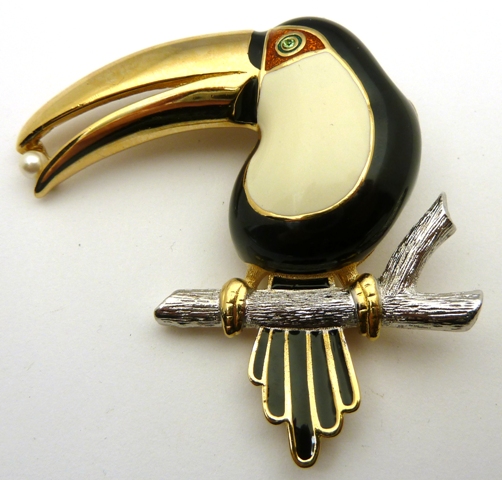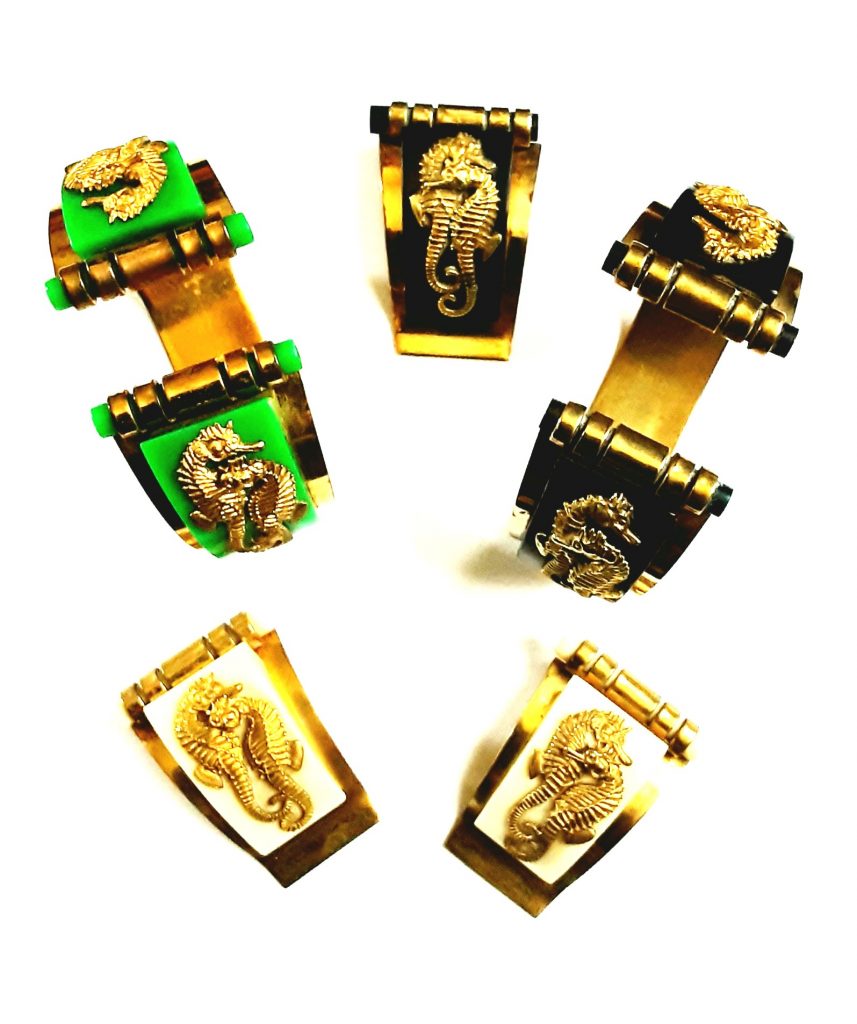Jean Painleve was a famous French underwater photographer who lived from 1902-1989. He led amazing life – being interested and involved in so many things. During the Deco period he started making jewellery from brass and galalith. The first pieces involved seahorses and he progressed to salamanders etc. These were sold in Parisian boutiques. These interesting items of vintage costume jewellery have become very collectible and hard to find. Sometimes they are marked JHP. There is plenty of additional information on Google.
Category: My Notes On Manufacturers
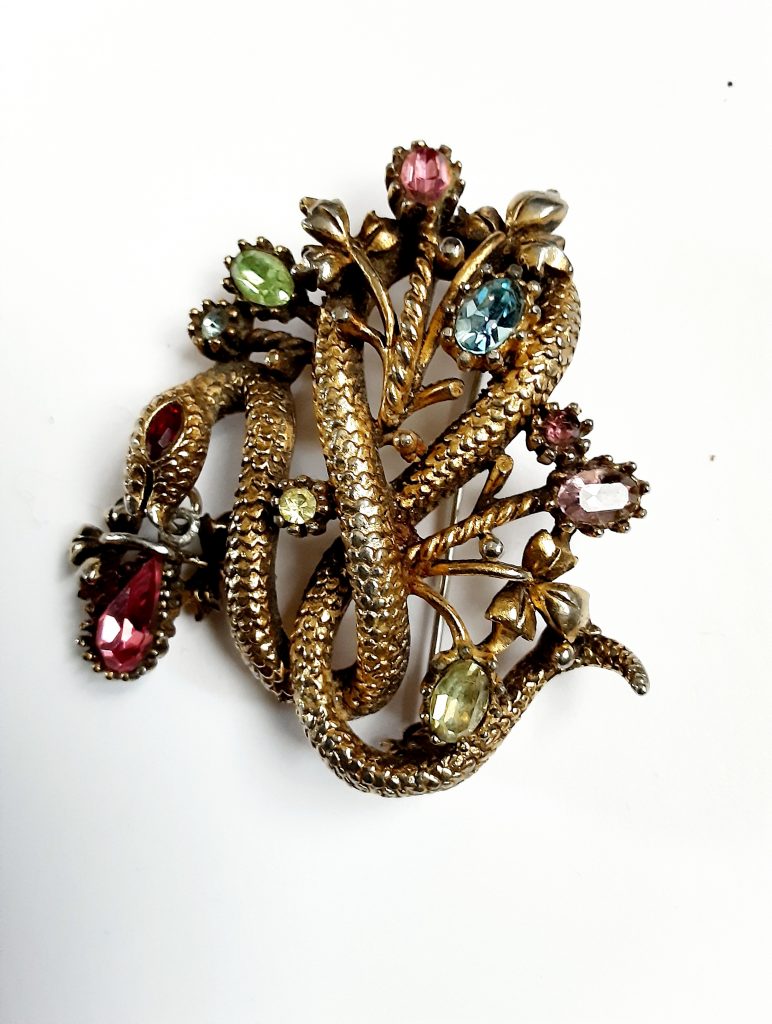
COROCRAFT AND JEWELCRAFT
Corocraft and Jewelcraft were the names used by the famous American jewellery company Coro for jewellery produced in the U.K from their factory in Sussex. They had got into a legal dispute with the British firm Ciro about the closeness of the names. They therefore added ‘craft’ to the names used. Their most productive period was around the middle of the 20th century. In the 1960s Corocraft was sold but did not survive. In 1970 Jewelcraft ceased trading. Thanks to Vintage Jewels Geek Blog for this information. The full article can be found on Google.
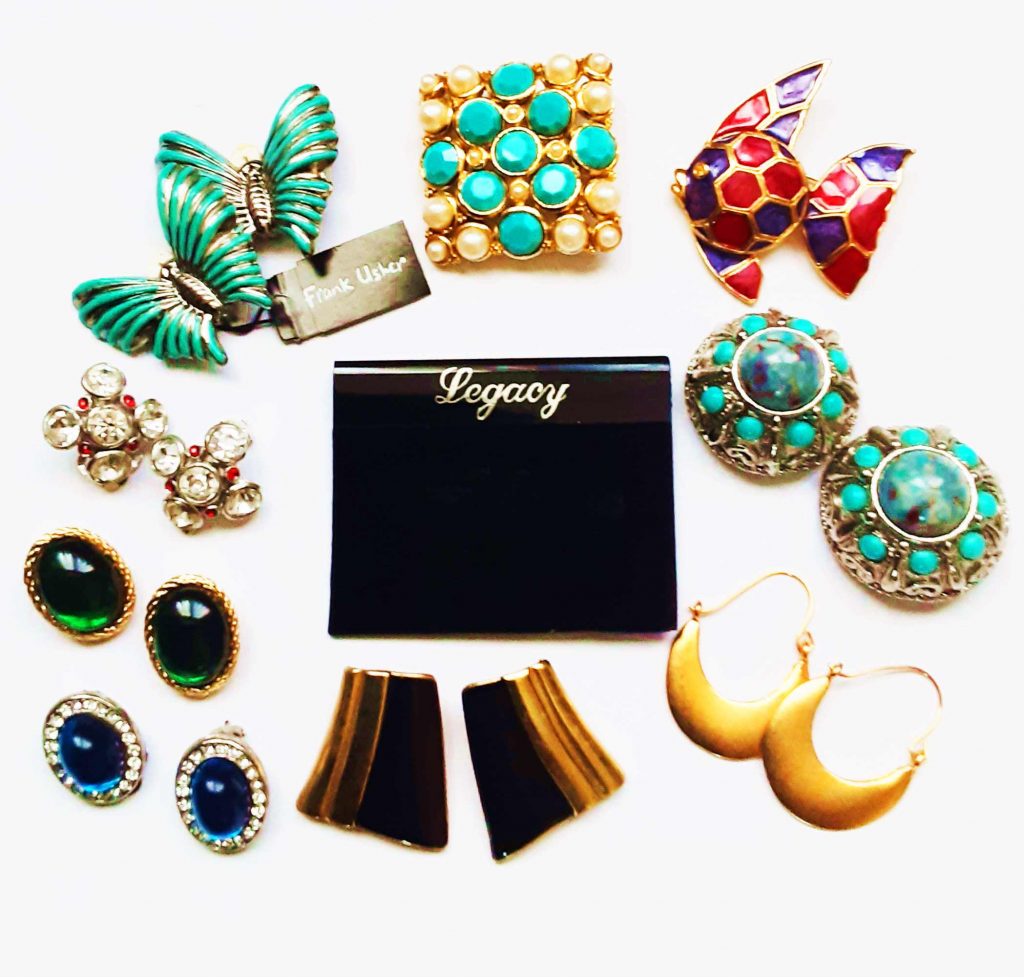
WEST PRODUCTS/LEGACY
Recently a huge warehouse of unused stock was discovered – that had been locked away since just before the year 2000. This was old, unused stock manufactured by West Products – based just outside London. They were the biggest supplier to the U.K. market – according to The Jeweller magazine. They made for shops such as Liberty, Harrods, John Lewis etc. They also made under the name ‘Legacy’ their own brand – which were not marked. Few pieces did have a mark – just a hang tag or similar. The entire contents have recently been bought and are gradually being sold. I have been able to buy some of this stock. Information from Accessories of Old and The Jewellery Magazine.
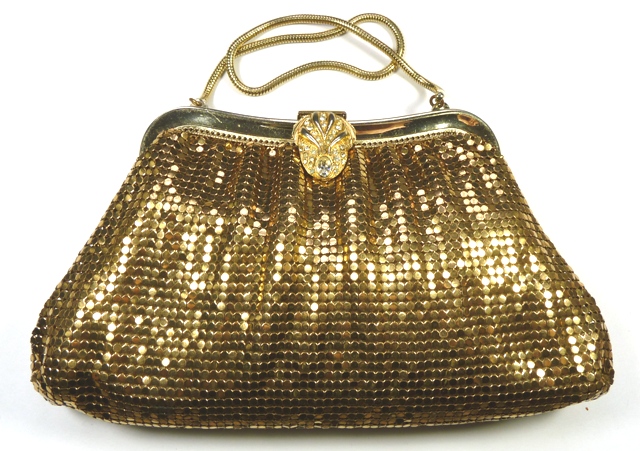
WHITING & DAVIS
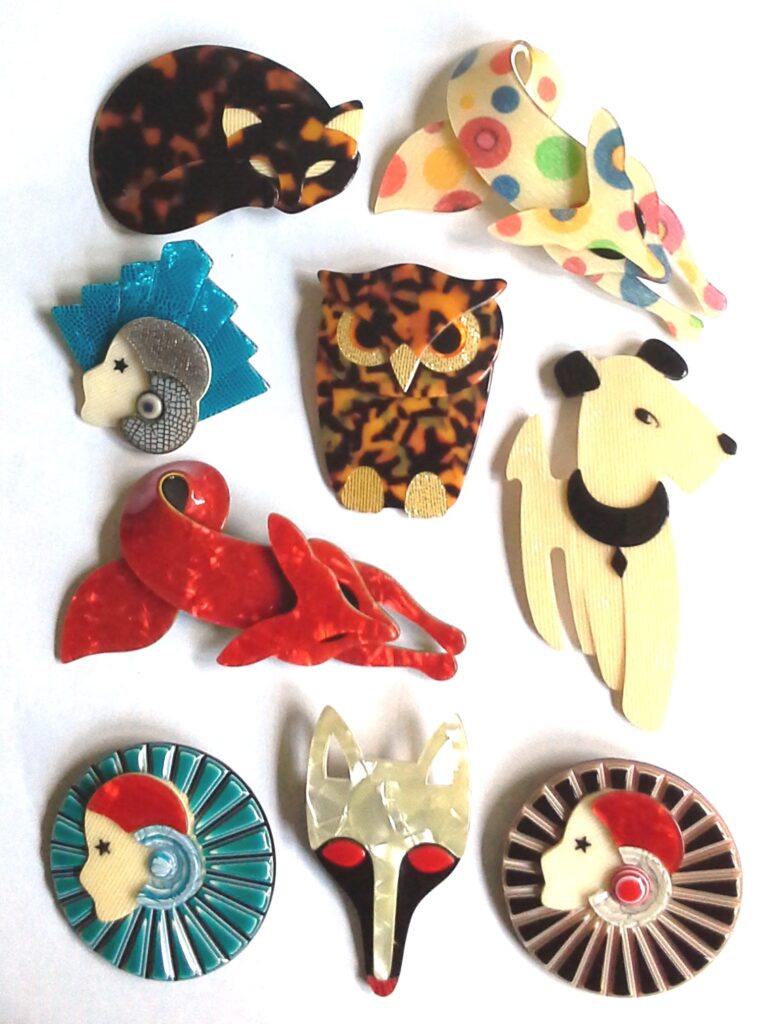
LEA STEIN
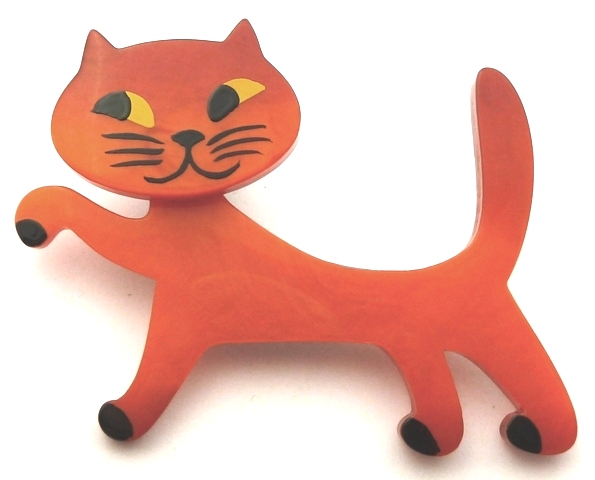
PAVONE
Marie-Christine Pavone – Paris – makes hand worked pieces in galalith. Galalith is a form of casein (an old type of plastic) to which formaldehyde is added. It cannot be moulded (unlike other plastics). It is dyed and polished. According to Judy Smith on her website – “Baubles and Bibelots” Marie-Christine first sands, cuts and polishes the galalith in a machine for days. It is then dyed, polished by hand, lacquered and hand painted. There is a lot of work in a Pavone brooch! She makes brooches, earrings and bracelets! Her work is very popular in my shop. She has a great Instagram page.
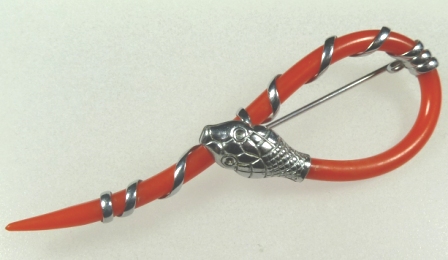
CHARLES HORNER
The firm of Charles Horner was established in Halifax in the middle of the 1900’s and the business continued until it was liquidised in 1984. Charles Horner is famous for its silverware – hat pins especially! What was not generally known until the book ‘Charles Horner of Halifax’ (by Tom J. Lawson and published by GML Publishing) was written was the firm’s diversification into casein plastics This is what particularly interests me! The firm’s main production in which they called ‘Dorcasine’ was between the 1920s and the 1940s – but production continued until the 1970s. They made a lot of buttons, knitting needles and sewing accessories, propelling pencils and brooches. A lot of the vintage dog brooches of the period were made by the Charles Horner factory. Having the book has helped me to identify many of the unmarked pieces I have sold over the years!
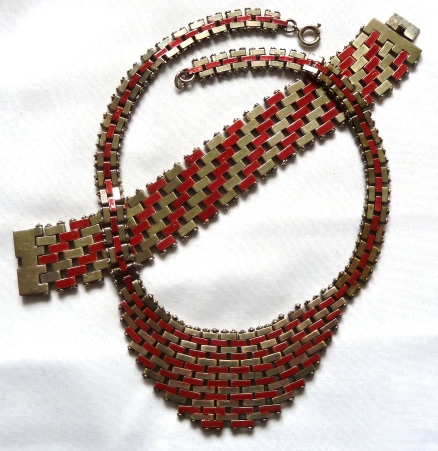
JAKOB BENGEL
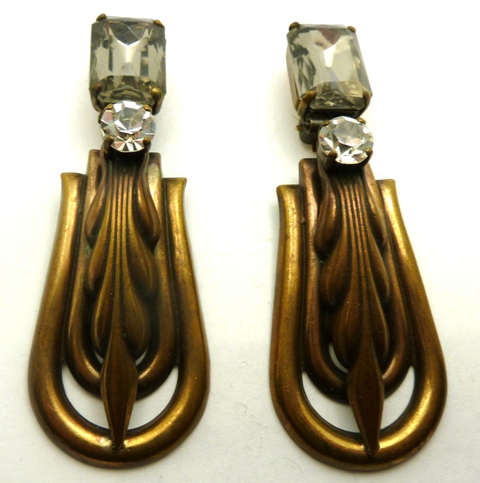
ERMANI BULATTI
I love the work of Ermani Bulatti – of whom not a lot is known. He was a Dutch designer whose best work was done around the 1980s. The jewellery was very high quality and sold in the top boutiques. He specialised in coating brass with various finishes such as bronze and silver plate. The major influences were Art Deco and Italian. The most up to date info on Bulatti is on the Vintage-Jewels.nl/Designers site. They say that the firm started in 1984 – being founded by Herman Tiggeler – and closed in 2012. I believe there is currently a company called Bulatti BV. If you put his name into Google and click on Photos you will get a good idea why I love his work – although it might not be everybody’s taste!
